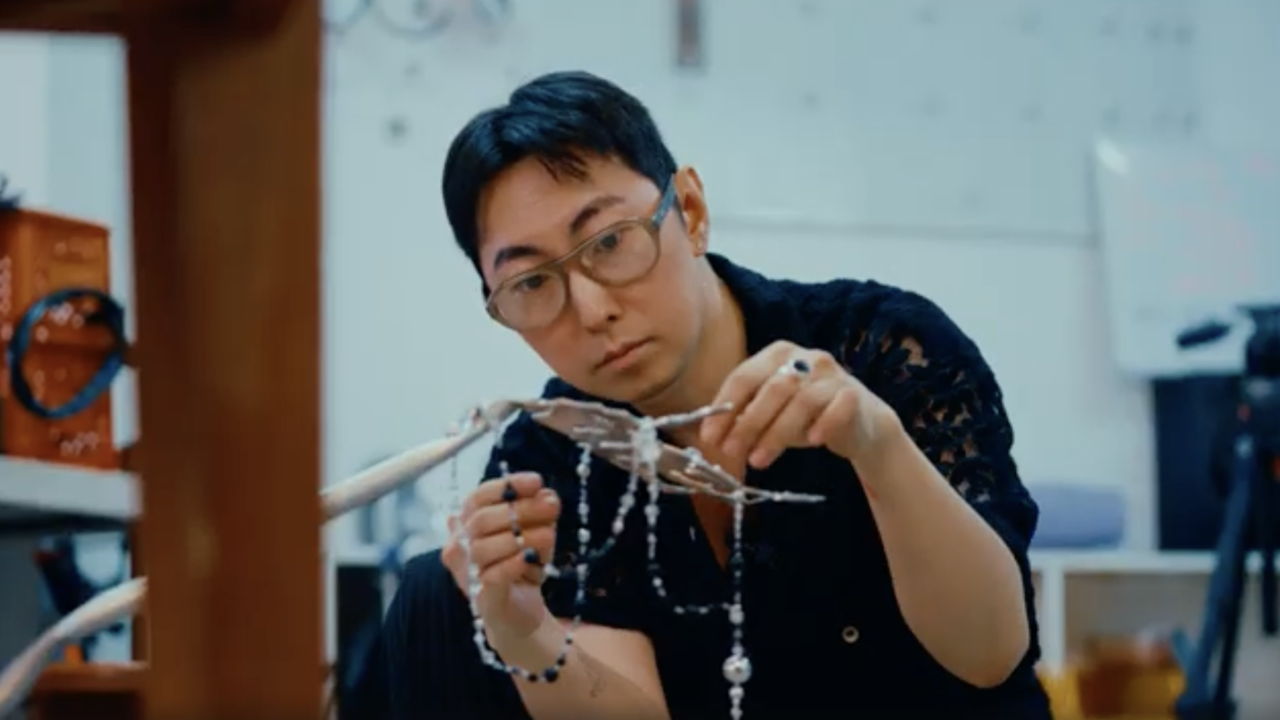Yoshua Okon

The preoccupation with documentary forms as a means of exploring the unstable relationship between fact and fiction has been a staple of recent artistic production. Since the late 1990s Mexican artist Yoshua Okon has been developing his own variation on these themes. Okon considers himself a performance artist, even though most of his work takes the form of videos that document invented scenarios set up in collaboration with invited participants. Among his best-known projects is Orillese a la Orilla (1999–2000 – the title, a command meaning ‘move to the curb’, is a grammatically incorrect phrase that, to the local ear, suggests both poor education and low social status), in which Okon asked Mexico City policemen to act out the threatening techniques they employ in everyday life. Here a deliberate artificiality (stage-like setting, exaggerated gestures) mixes with a peculiar adherence to actuality (the policemen re-enact behaviour typical of everyday life). However, unlike contemporaries such as Walid Raad, Gillian Wearing or Stan Douglas, Okon does not submit lived reality to the destabilizing effects of fiction.
‘Bocanegra’ (2007) featured three recent works: the show’s title piece, Bocanegra: A Walk in the Park (2005), here given its début; Sony, a sculpture created for the 2003 Istanbul Biennial; and Ceiling Tile, a photographic installation based on a 2002 project at the Daimler Chrysler building in Mexico City. The latter two take as their subject the humiliation and resistance of the ‘corporate drone’ (in the words of the press release). Sony is a perverse commentary on the anaesthetization of abjection: a suited mannequin kneels on all fours with his trousers down as a projector lodged in his buttocks beams the title word out of his open skull. Ceiling Tile focuses on employee transgression in manifestly staged yet seemingly candid snapshots of office workers caught unawares misbehaving in their cubicles. The placement of the colour photos in a plasterboard ceiling above empty whitewashed cubicles relates to their original installation in the actual office ceilings of Daimler Chrysler employees. Yet the original thrill of spying on co-workers upstairs is all but lost in the transplanted setting, making the installation feel somewhat arbitrary.
Bocanegra: A Walk in the Park is by far the most provocative work in the exhibition, and not only for its highly charged subject: a Mexico City-based group of Nazi aficionados, comprising actual Nazi sympathizers, historical re-enactment buffs and weekend hobbyists whom Okon persuaded to participate in a variety of orchestrated situations. In Bocanegra: A Walk in the Park, five monitors arranged in a pentagon follow seven members as they parade around a local park dressed in authentic Nazi uniforms. The
video plays on a loop that travels from one screen to the next as though mimicking the group’s uneven gait, while the camera angle varies from shaky close-up to steadier panoramic view. Sounds of a nearby rushing waterfall and local Mexican street music supplement the blurry visual, providing a kind of found orchestration to the bizarre performance.
The result is a dizzying play between public and private, external and internal. But the subject is a second-order group separated from the original by time, space and scale. Although the members have Nazi sympathies, the organization is ultimately a private club and without political clout. Okon’s intervention coaxes the group into public view (reportedly, the members were not only hesitant about appearing but also required a local military adviser to teach them how to march), only to confirm their utter irrelevance: the marchers undertake their performance with uncommitted expressions and gestures, and are ignored by passers-by. This performance is then transferred to the intimacy of the gallery space, where the viewer stands amid the monitors as though within the park around which the group marches. However, the group is filmed from the outside, creating a disorienting effect in which the viewer’s privileged position is literally denied or rendered external.
The work is not concerned with passing judgement or providing access to twisted psychic lives, and it differs in this way from the other works on view, which provide more obvious forms of social critique. Instead, and more profoundly, Bocanegra: A Walk in the Park interrogates the act and fact of presentation itself. It is enough that Okon’s subjects have assumed their particular role and that the artist’s staging makes this phenomenon known. Significance resides in how public roles are assumed and used, regardless of intention. As in Orillese, in which a disturbing reality is heightened by theatricalized gesture, Okon’s fiction dramatizes reality, persuading us to occupy and confront what we might otherwise choose to keep behind closed doors.
















